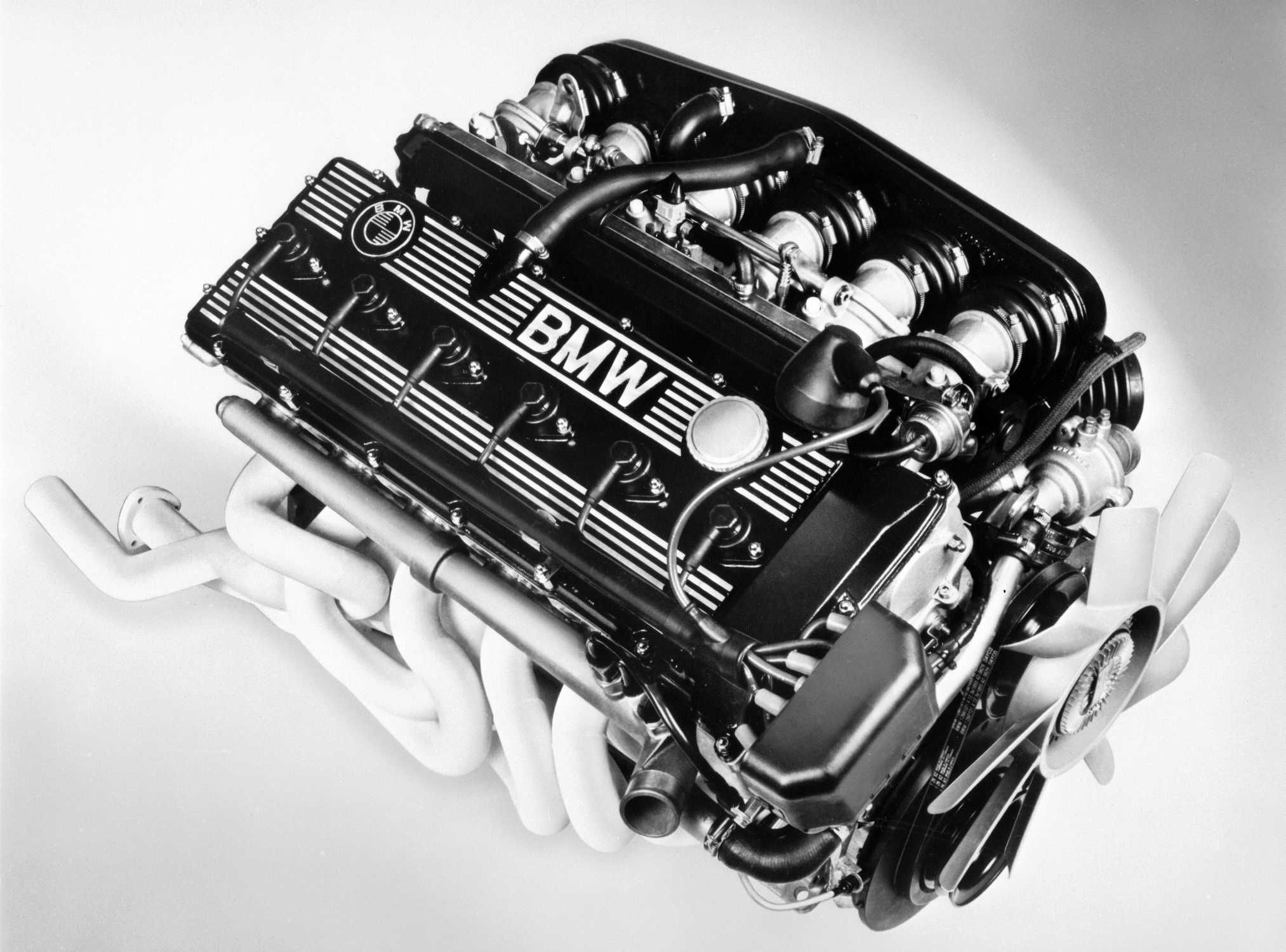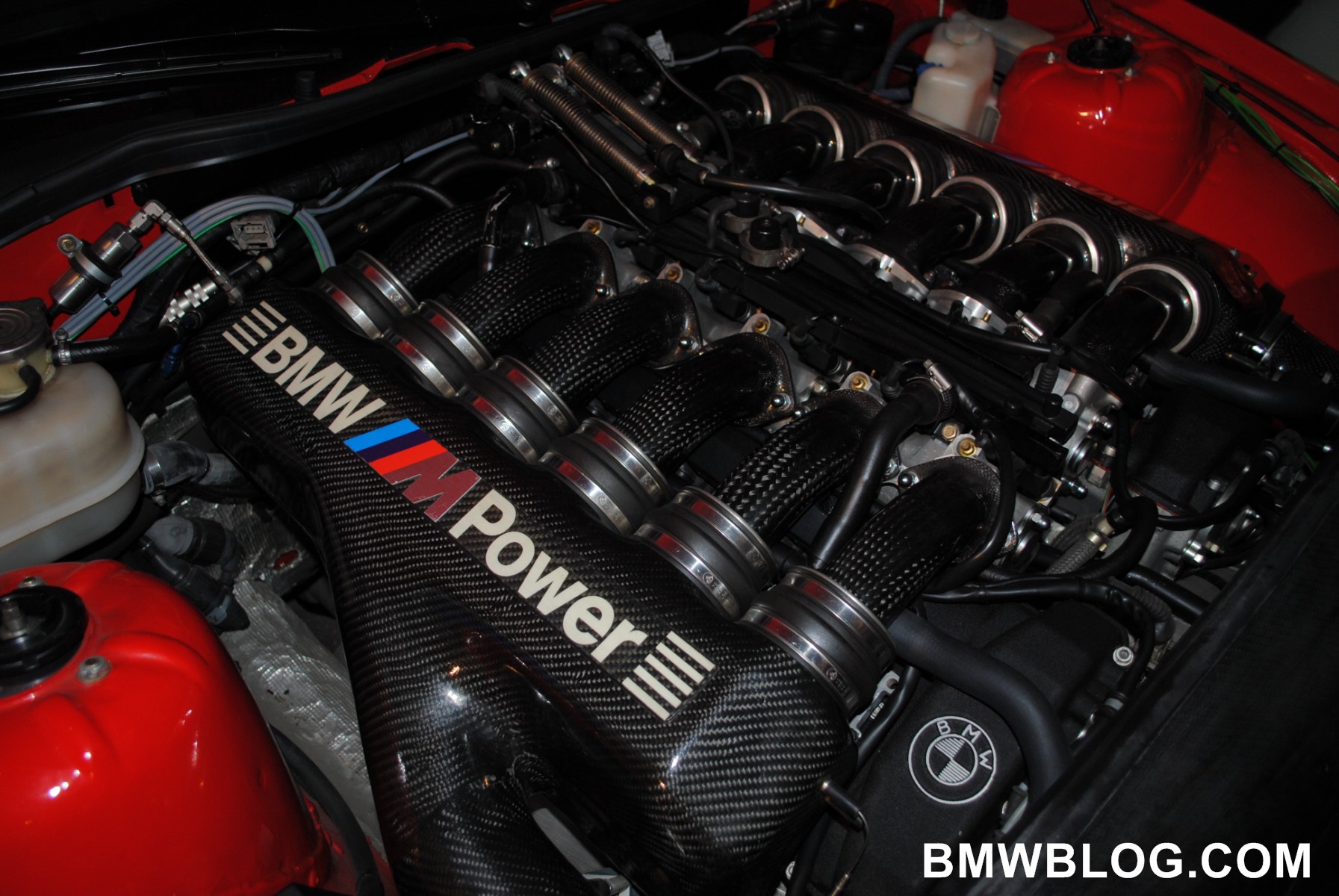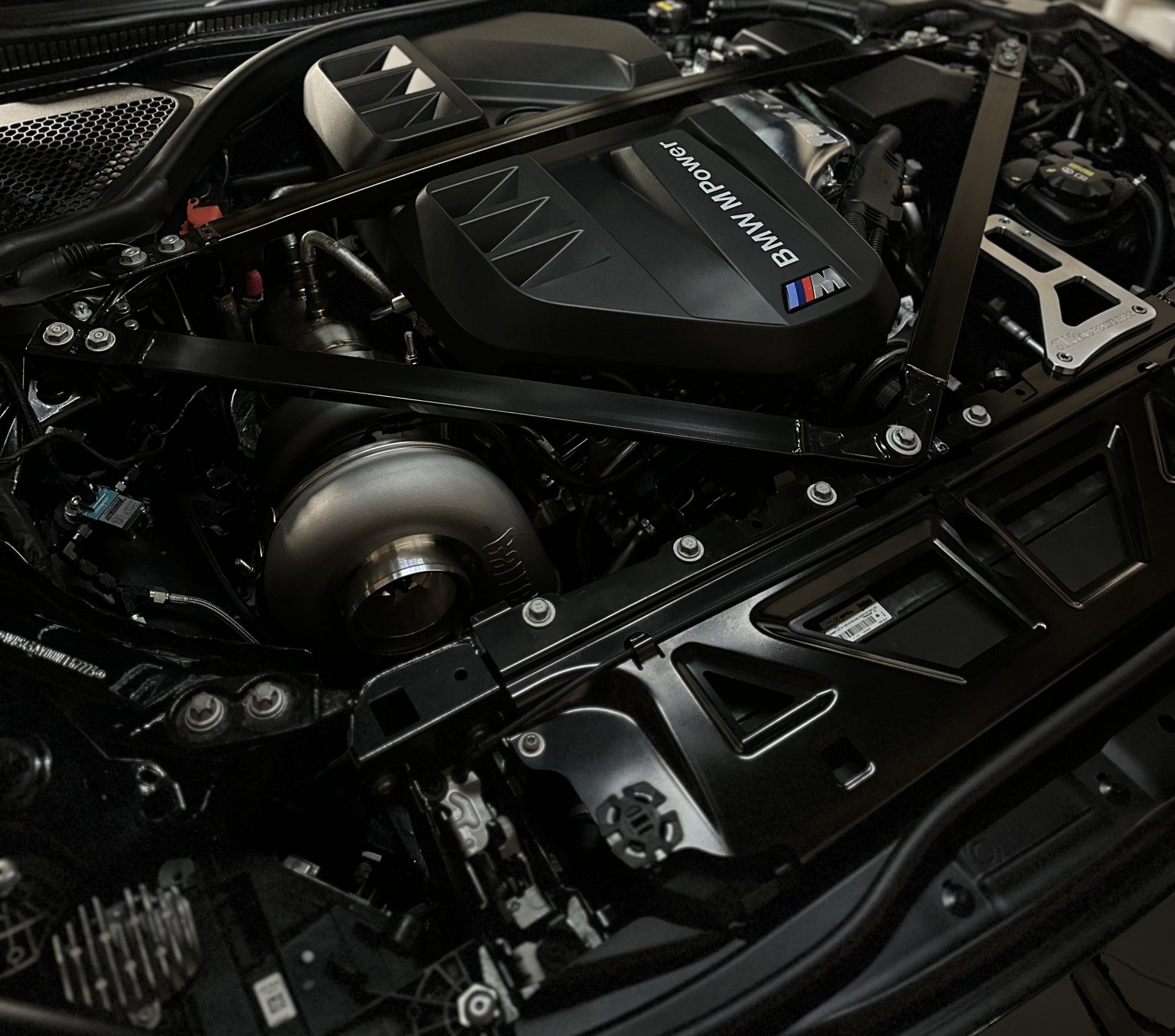Common Concerns Faced by BMW Engine Owners and Exactly How to Solve Them
Common Concerns Faced by BMW Engine Owners and Exactly How to Solve Them
Blog Article
Revealing the Intricacies of Next-Generation Power Units: a Deep Dive Into Advanced Engine Styles and Technologies
As we stand on the precipice of a brand-new period in transportation, the intricacies of next-generation engine designs bid us to check out the innovative modern technologies and developments that guarantee to redefine the driving experience. Diving deeper into the realms of discharge control, smart engine administration systems, and the horizon of power unit advancement, we locate ourselves on the cusp of an improvement that guarantees to reshape the landscape of mobility as we recognize it.
Development of Engine Materials

The change in the direction of progressed engine materials has also allowed engineers to make engines with greater power outcomes while keeping gas effectiveness standards. As an example, making use of lightweight materials reduces the total weight of the engine, leading to enhanced fuel economic situation and lower discharges. Additionally, innovations in materials modern technology have actually enabled far better thermal management within engines, leading to enhanced integrity and durability.
Turbocharging and Supercharging Technologies
Just How do Turbocharging and Supercharging Technologies reinvent engine performance and effectiveness in modern-day lorries? Supercharging and turbocharging are innovations that significantly enhance engine efficiency by enhancing the amount of air consumption right into the combustion chamber. Turbocharging attains this by utilizing a generator driven by exhaust gases to pressurize the consumption air, while supercharging uses a belt- or chain-driven compressor to attain the very same result.
These modern technologies allow smaller, extra fuel-efficient engines to produce power equal to bigger ones, recognized as downsizing. By forcing more air right into the cyndrical tubes, turbocharging and turbo charging improve combustion performance, resulting in boosted horsepower and torque result without a considerable rise in engine size. This leads to far better velocity, towing ability, and general driving performance.
Additionally, turbocharging and supercharging add to boosted fuel efficiency by enabling the usage of smaller engines that take in less gas under normal driving problems - bmw engine. This combination of improved efficiency and efficiency has made turbocharging and supercharging important parts of several modern engine designs
Emission Control and Environmental Influence
With enhancing global problems concerning air top quality and environmental sustainability, the implementation of discharge control innovations in vehicles plays a crucial duty in minimizing damaging contaminants launched into the environment. Modern automobiles are equipped with sophisticated emission control systems that assist lessen the environmental effect of vehicle procedures. Catalytic converters, for circumstances, are made to convert harmful gases such as carbon monoxide, nitrogen oxides, and hydrocarbons right into less damaging substances like carbon dioxide and water vapor.
Furthermore, developments in engine technology, such as the integration of exhaust gas recirculation systems and selective catalytic reduction, have actually dramatically contributed to reducing emissions. These innovations operate in tandem to optimize combustion performance and reduce the launch of dangerous toxins right into the air. Furthermore, the advancement of crossbreed and electric cars represents an important step in the direction of decreasing the total environmental impact of the transport field.
Intelligent Engine Management Solution

Additionally, these systems allow automobiles to satisfy rigorous discharges requirements without compromising efficiency, supplying a much more eco-friendly driving experience. The combination of expert system and artificial intelligence capabilities in engine monitoring systems remains to press the boundaries of what is feasible, resulting in additional renovations in performance, integrity, and overall vehicle performance. bmw engine. As automobile modern technology developments, intelligent engine monitoring systems will certainly play a critical duty in shaping the future of transportation towards a more lasting and reliable instructions
Future Trends in Power Device Advancement
As intelligent engine monitoring systems lead the way for boosted control and optimization in contemporary vehicles, future fads in power device growth are positioned to redefine the landscape of automotive propulsion innovations. Among the vital fads driving development in power device development is the shift in the direction of electrification. With an enhancing concentrate on sustainability and lowering carbon discharges, hybrid and electric powertrains are ending up being much more prevalent in the vehicle market. These alternative source of power use enhanced efficiency and performance while aligning with rigid environmental guidelines.
Another significant pattern is the combination of advanced products and manufacturing techniques. Light-weight products such as carbon fiber and light weight aluminum are being used to reduce total car weight, enhancing fuel effectiveness and performance. Additionally, innovations in 3D printing and additive production are allowing the production of complex engine elements with greater accuracy and toughness.
Additionally, expert system and artificial intelligence are playing an important role in enhancing power device performance. These anonymous innovations permit real-time tracking and adaptive control, resulting in extra reliable and reliable power distribution. Overall, future fads in power device development are tailored in the direction of efficiency, performance, and sustainability, driving the automobile sector in the direction of a brand-new era of propulsion modern technologies.

Final Thought
In verdict, the developments in engine products, turbocharging, my latest blog post emission control, and intelligent monitoring systems have paved the method for next-generation power devices. The intricate styles and technologies in modern engines showcase the continuous evolution of auto technology.
Checking out the dynamic innovations in engine materials has been pivotal in enhancing the performance and efficiency of modern engines. Over the years, the development of engine products has actually played a critical duty in pushing the boundaries of what engines can attain.The shift towards progressed engine products has actually additionally allowed engineers to develop engines with higher power outcomes while keeping fuel performance requirements.The application of smart engine monitoring systems in modern automobiles has actually changed the way engines are managed and enhanced for efficiency and performance. By collecting information in real-time and evaluating it with innovative formulas, smart engine monitoring systems can adjust to driving styles, ecological factors, and engine health to make best use of power output while minimizing gas intake and emissions.
Report this page